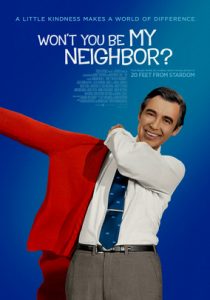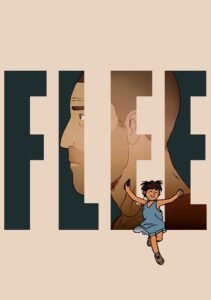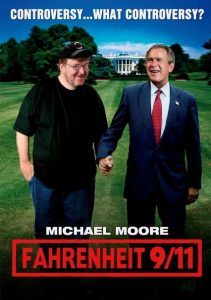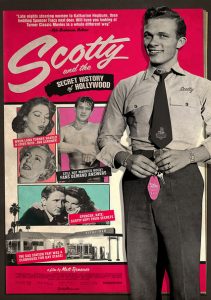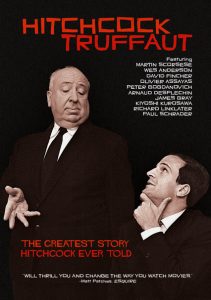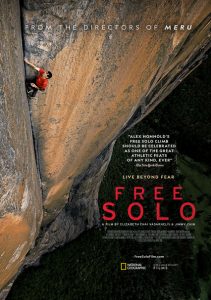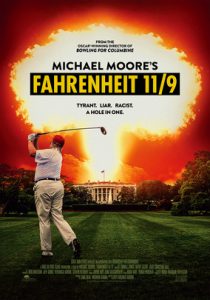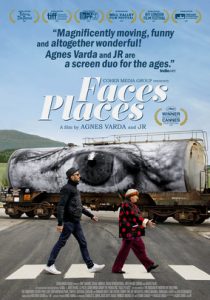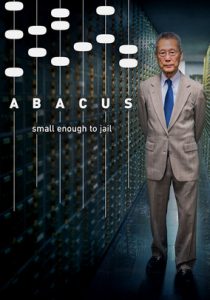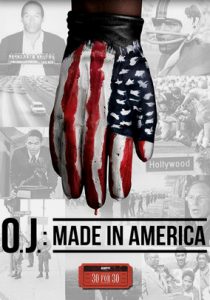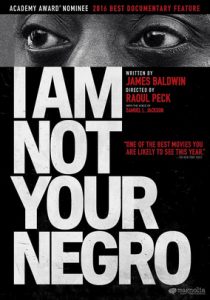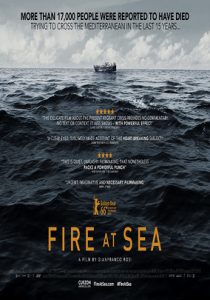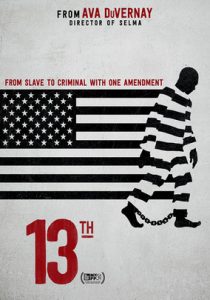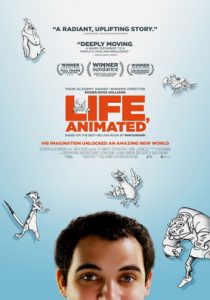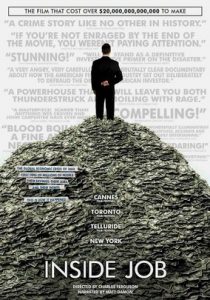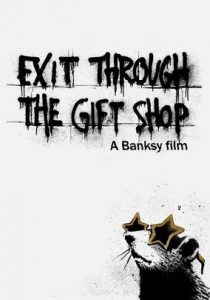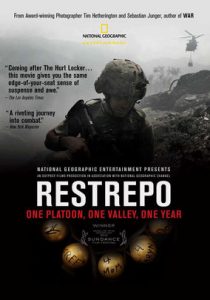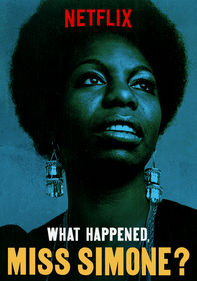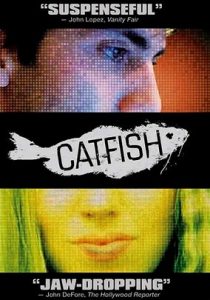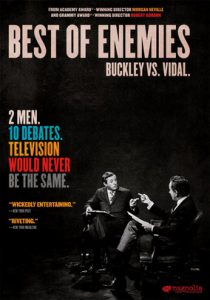Won’t You Be My Neighbor? -2018
Director Morgan Neville
Starring Fred Rogers
Top 250 Films #250
Scott’s Review #783
Reviewed July 5, 2018
Grade: A
As much as I enjoy the documentary genre, it has never been close to the top of my favorites list. Many films of this ilk are very good, providing some relevant facts about a subject matter that may be taboo to me, but sometimes, it is somewhat interesting.
Few are great.
Along comes a documentary that is emotional, inspiring, and lovely. Won’t You Be My Neighbor (2018), based on the life of Fred Rogers, is simply outstanding.
Won’t You Be My Neighbor? Chronicles the life and rise to popularity of a kindly, mild-mannered man from Pittsburgh, Pennsylvania, with a simple message of kindness towards children.
Beginning as a local television personality, his show centered around children and produced positive messages for them.
Universally known as Mister Rogers, the documentary explains his determination, eventual fame, his ability to enrich lives, and his need to introduce heavy subject matters to children to expose them rather than shelter them from it.
In today’s tumultuous time, boy, is he missed!
I fondly remember watching the PBS television show Mister Rogers’ Neighborhood as a child. The program offered a feast of creativity every half hour.
Featuring the Neighborhood of Make-Believe, a magical trolley transports the viewer to a world of puppets (voiced by Rogers). Other poignant moments occur when Rogers sings the catchy theme song at the top of every show.
The episodes are filled with simple yet important messages of self-acceptance, diversity, and kindness toward others.
At the conclusion of each episode, Rogers sang the song “It’s Such a Good Feeling” in a way that made any child watching feel secure, loved, and embraced.
Rogers sadly died in 2003- his wife, grown children, and various former cast members relay cherished memories and inspirational stories about the creative genius. Rumored to have had an insecure childhood, he was a champion at ensuring children felt worthy and accepted for who they are.
The documentary also shows how Rogers fought in court for necessary funding via news flashbacks.
My emotional reaction surprised me quite frankly. I expected a nostalgic trip back to childhood with flashbacks from the show, some interviews, and a jovial good time. Instead, I was utterly blown away by how touching and humanistic the documentary was and the abovementioned expectations.
Sure, old clips (some black and white) brought back memories as puppets Daniel Striped Tiger, Madame, and King Friday XIII made appearances. Still, the flood of tears that accompanied the memories was unexpected.
Never preachy, the documentary holds the same level of genuine goodness as Rogers does. For audiences watching the film, the question of when someone will well up in tears is the wrong question—it’s how often?
Examples of the most touching scenes are when Rogers accepts a young, gay actor for who he is when his family members do not. A disabled child who uses a wheelchair sings a heart-wrenching duet with Rogers.
Finally, as Rogers gives a commencement speech at a college university, a teary graduate explains why he gave her a special preschool education.
Perhaps the most poignant moment occurs in the final moments of the documentary. When many of the film participants are asked to think for just a moment about someone who taught them kindness, whether alive or dead, the sequence is monumental in feeling.
A quick foray into the current political climate in the United States is only briefly skated around, carefully so as not to ruin the sweetness of the overall experience.
Director Morgan Neville perfectly paces his documentary so that it never drags.
The flow is perfectly structured at one hour and thirty-four minutes. The first half is a bit lighter and more fun, while the second half culminates with a more serious and introspective tone.
Won’t You Be My Neighbor? (2018) is a brilliant documentary film and one of the best I have ever seen.
Independent Spirit Award Nominations: 1 win-Best Documentary Feature (won)
